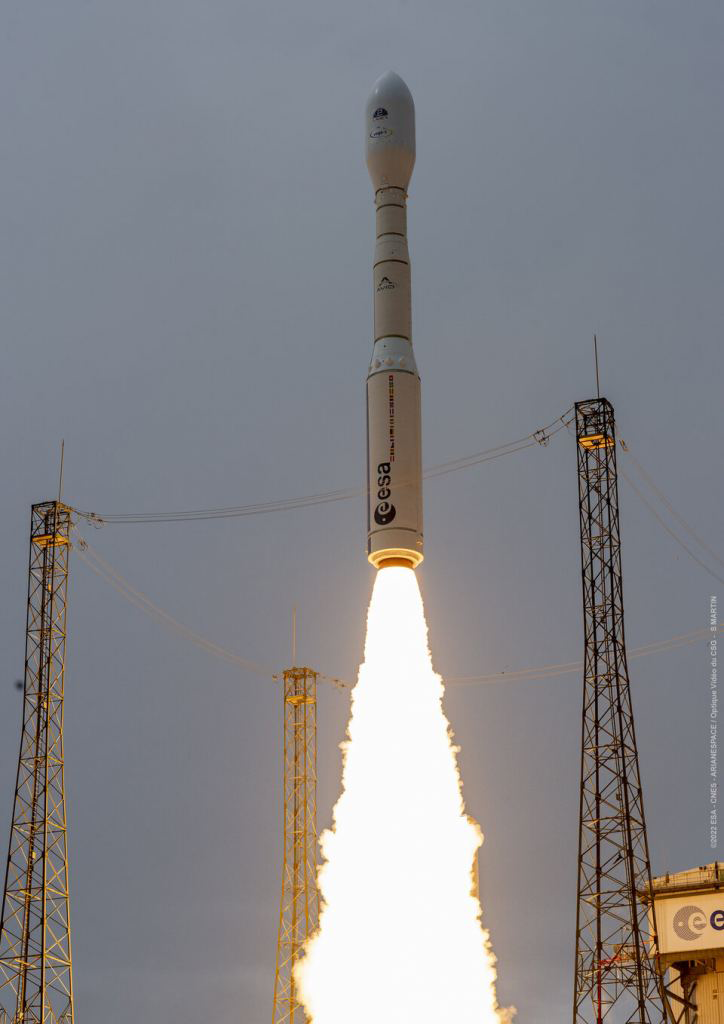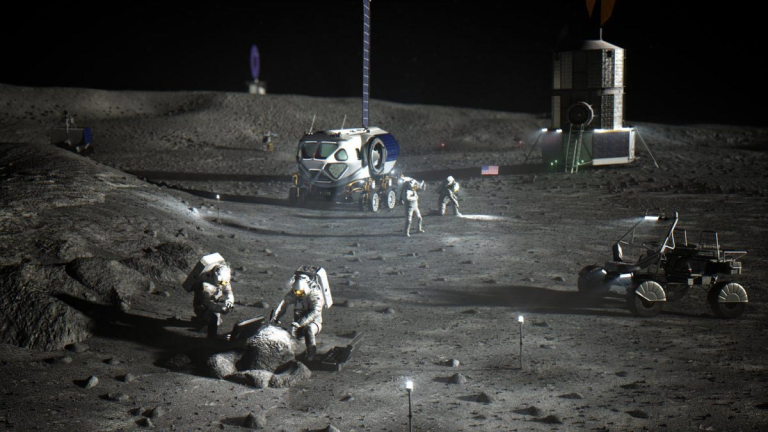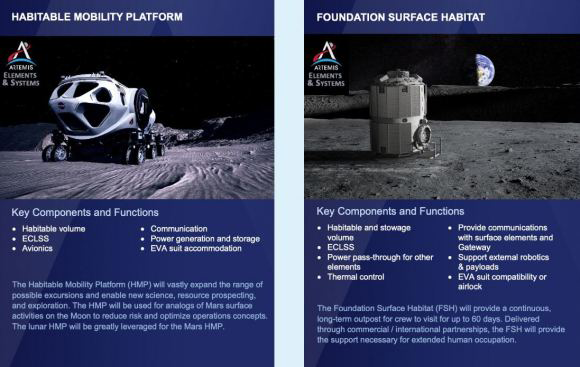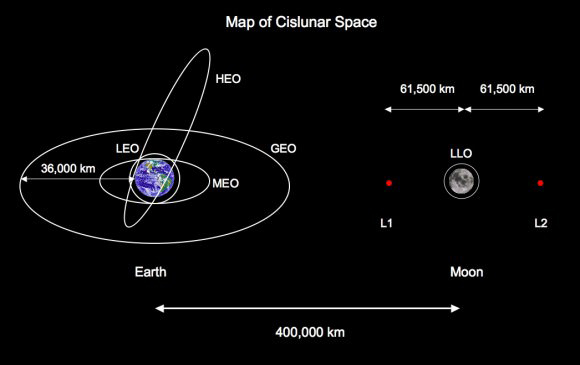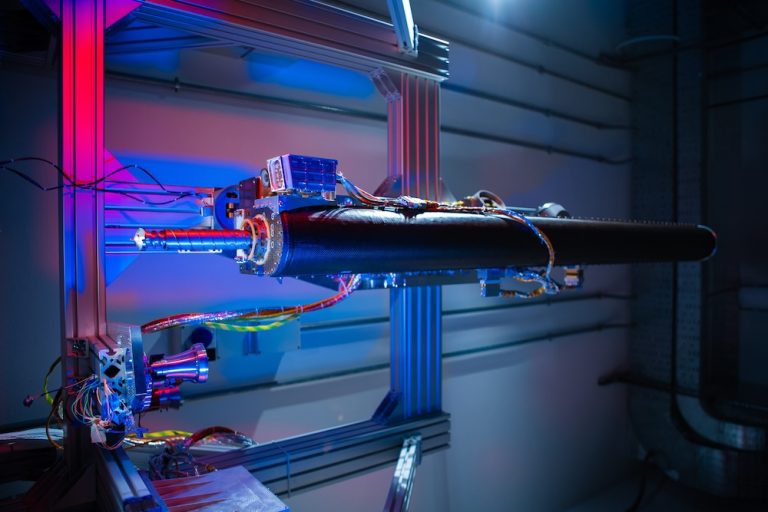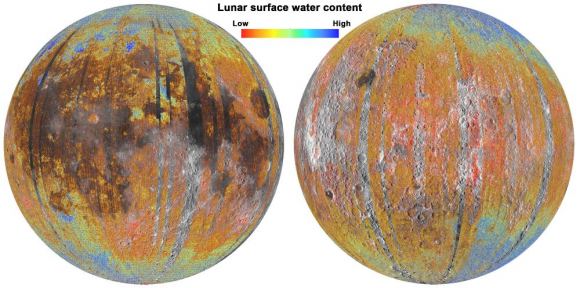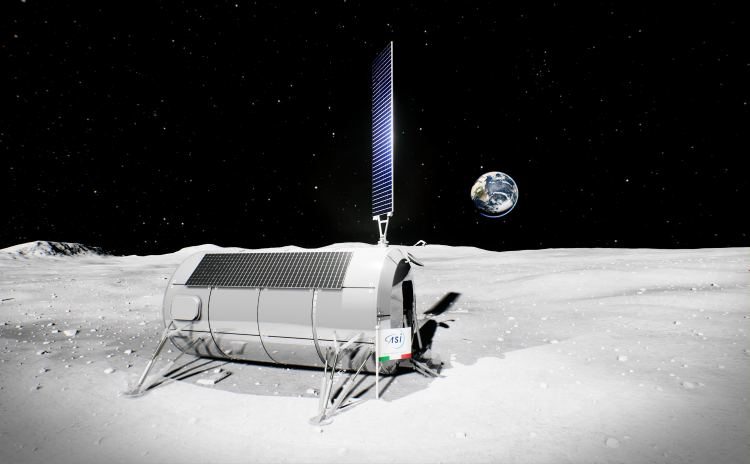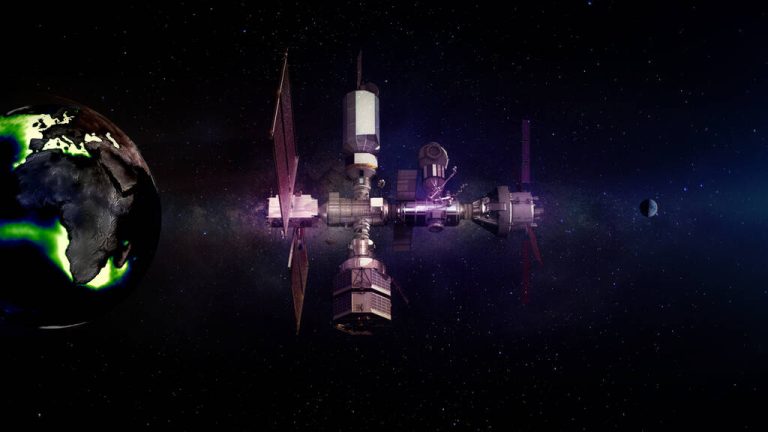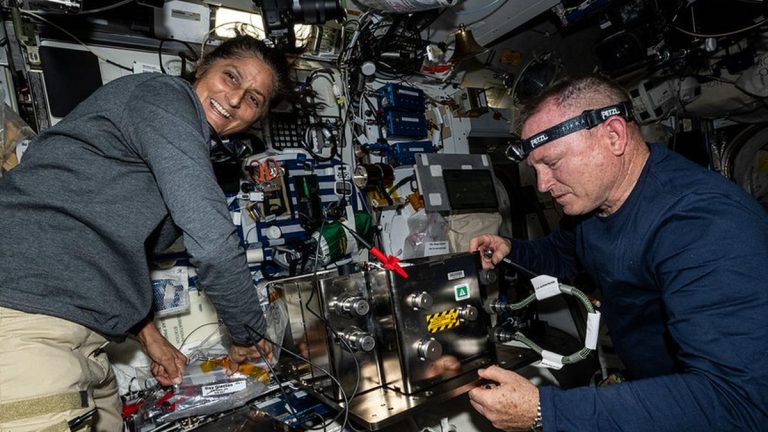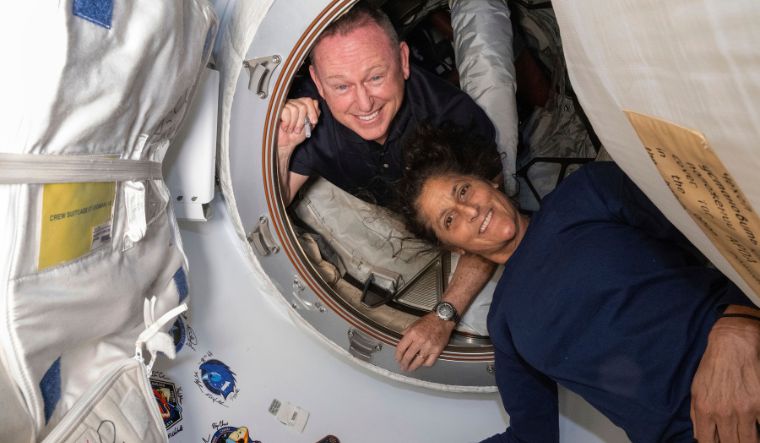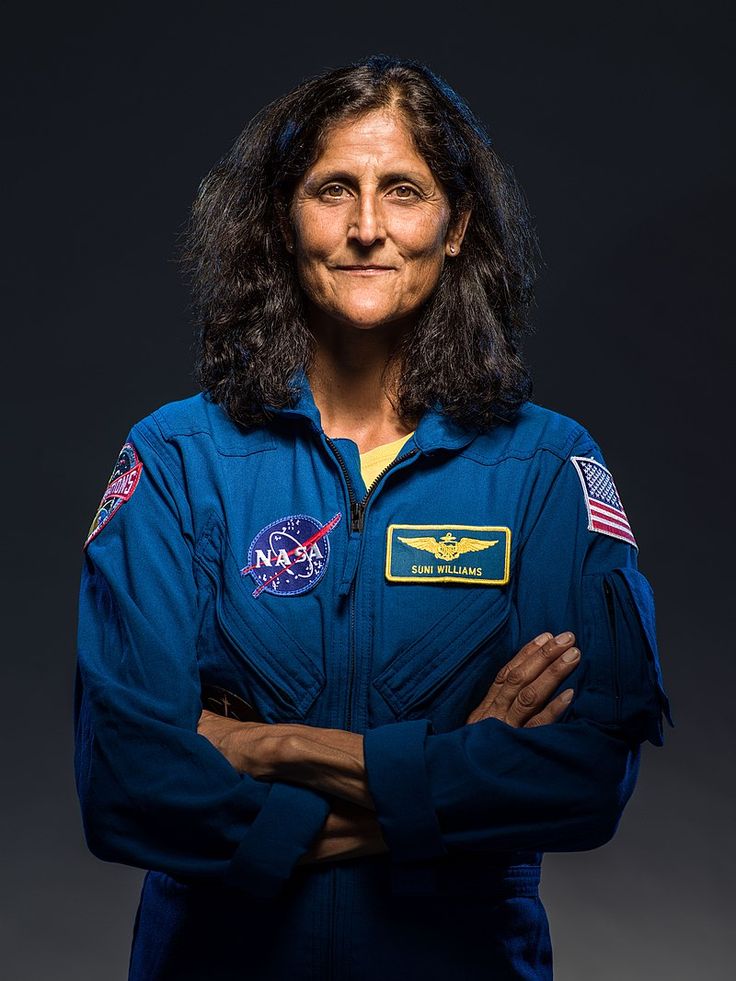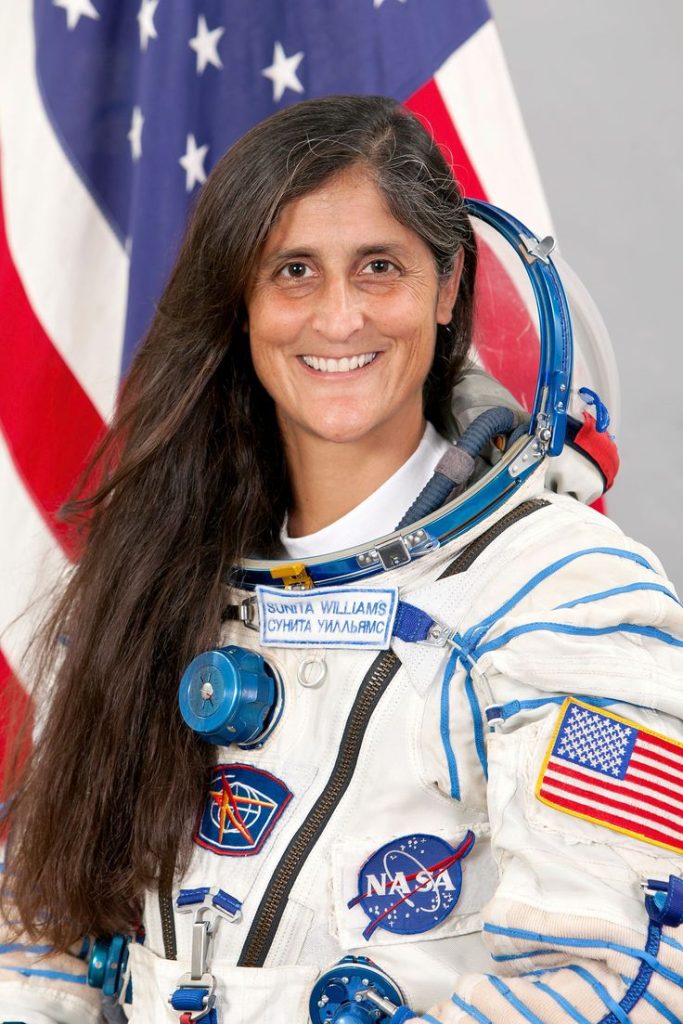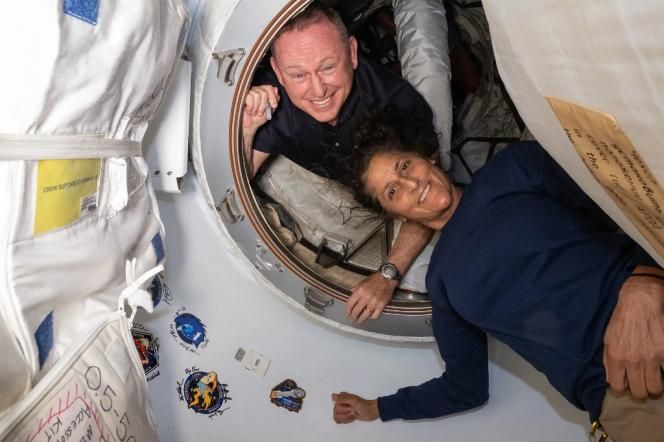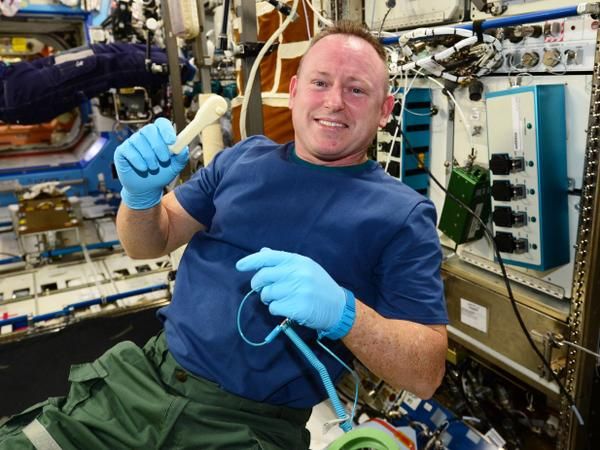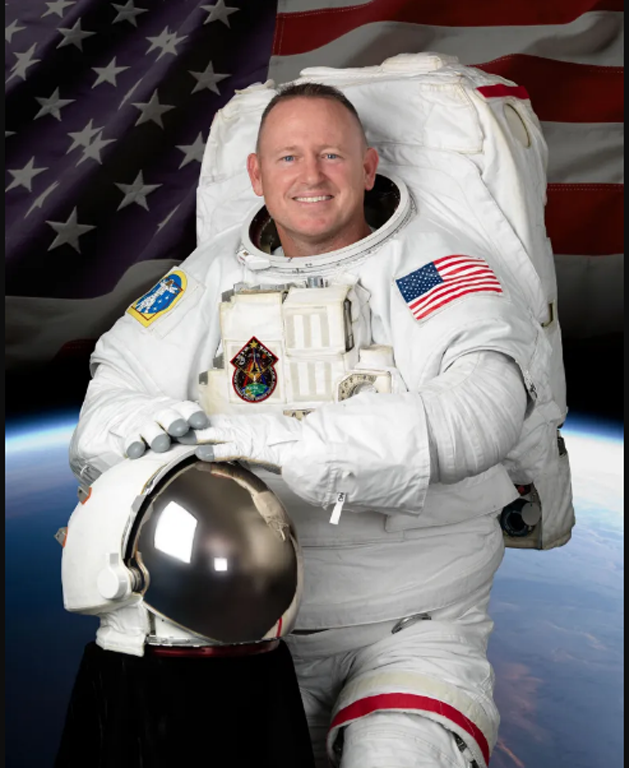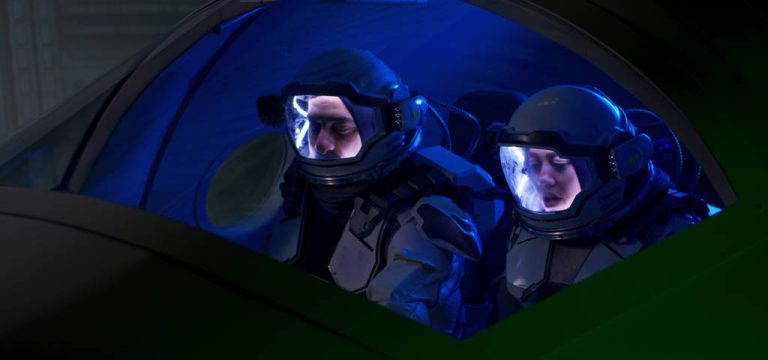China’s 2028 Mars Mission: Returning Samples from Mars
Summary
- China is advancing its Mars exploration program while NASA’s Mars Sample Return mission is delayed.
- The Tianwen-3 mission will launch in 2028, aiming to collect and return Martian samples to Earth.
- The mission includes international collaboration, with payloads from global partners.
- The China National Space Administration (CNSA) revealed plans during the second International Deep Space Exploration Conference, promoting international cooperation.
- Tianwen-1 successfully landed a rover on Mars in 2021, making China the third nation to do so.
- The success of the Chang’e-5 lunar sample return mission proves China’s ability to return samples from other celestial bodies.
- China’s Tianwen-4 mission is set to explore Jupiter in 2030.
- China’s plans also include testing planetary defense systems against near-Earth asteroids.
- CNSA has approved four new planetary exploration missions over the next decade, with a potential crewed Mars mission in 2033.
- China’s Tiangong space station Plays an important part in the overall plan for exploring space.
- China plans to continue leading deep space exploration and share data globally to foster international cooperation.
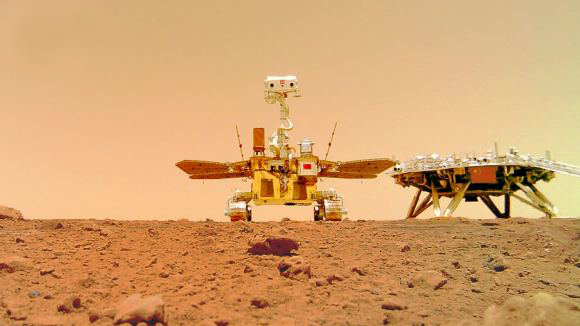
China’s 2028 Mars Mission
China’s Tianwen-3 mission, scheduled to launch in 2028, is set to make history by returning samples from Mars. As the United States grapples with delays in NASA’s own Mars Sample Return mission, China has taken a significant leap forward in deep space exploration. This mission builds on the successes of earlier missions, like Tianwen-1, and highlights China’s growing ambitions in space.
The primary goal of the Tianwen-3 mission is simple but groundbreaking: land on Mars, collect samples, and bring them back to Earth. The mission will consist of several phases, including:
- Launch: The spacecraft will launch from Earth and travel to Mars.
- Landing: A lander will touch down on the Martian surface.
- Sample Collection: A specialized device, potentially a quadcopter, will collect up to 100 grams of Martian soil.
- Return: The sample will be transported back to orbit and then returned to Earth.
Liu Jizhong, the chief designer of the Mars sample return mission, revealed that international payloads will be part of the mission, and the data collected will be shared globally. This collaborative approach underscores China’s commitment to fostering international partnerships in space exploration.
“Our Mars sample return mission will not only advance scientific knowledge but also enhance global cooperation in deep space exploration,” said Liu Jizhong.
The primary scientific objective of the Tianwen-3 mission is to search for signs of life on Mars, whether past or present. This bold endeavor reflects the growing ambition of the China National Space Administration (CNSA) to explore the unknown and push the boundaries of what’s possible in space.
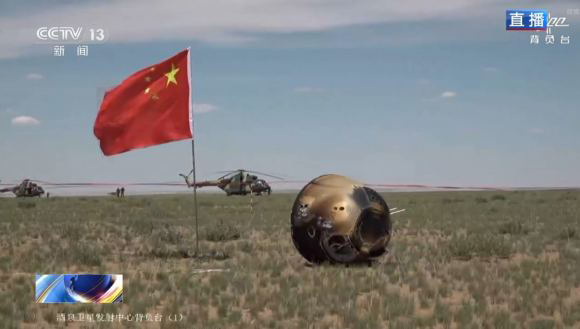
A Look Back: Tianwen-1 and Zhurong’s Success on Mars
China’s journey to Mars began with Tianwen-1, which arrived at the Red Planet in February 2021. The mission included three components: an orbiter, a lander, and a rover named Zhurong. Tianwen-1 marked a significant achievement for China, making it the third nation, after the United States and the Soviet Union, to land a rover on Mars.
The Zhurong rover explored the Utopia Planitia region, where it discovered hydrated minerals, suggesting the past presence of water. Though it was not equipped to return samples, its success laid the foundation for future missions, including Tianwen-3.
| Tianwen-1 Mission Highlights | Details |
|---|---|
| Launch Date | July 23, 2020 |
| Arrival at Mars | February 10, 2021 |
| Rover Name | Zhurong |
| Mission Success | First successful landing by China on Mars, discovery of hydrated minerals |
In addition to Tianwen-3, CNSA has even grander plans for Mars. The agency aims to send its first crewed mission to Mars by 2033. This ambitious plan includes establishing a base on Mars and conducting regular missions to the Red Planet. The Mars base would serve as a stepping stone for deeper space exploration, including missions to asteroids and beyond.
In the near term, China’s plans for Mars include Tianwen-4, a mission set for 2030 that will explore Jupiter. This will be the first time China ventures into the outer solar system, showcasing its growing capabilities in space exploration.
One of the most significant achievements in China’s space program is the Chang’e-5 mission, which returned samples from the Moon’s surface in December 2020. It was the first mission to bring lunar material back to Earth since the Soviet Union’s Luna 24 mission in 1976.
Building on this success, China launched the Chang’e-6 mission in early May 2023. This mission was the first to land and lift off from the far side of the Moon, successfully returning samples to Earth. These achievements have laid a solid foundation for future sample return missions, including Tianwen-3.
| Chang’e-5 Mission Highlights | Details |
|---|---|
| Launch Date | November 23, 2020 |
| Lunar Landing | December 1, 2020 |
| Samples Returned to Earth | December 17, 2020 |
| Significance | First lunar sample return in over 40 years |
As China advances its space exploration ambitions, international collaboration remains a key focus. During the Tiandu Forum, officials from CNSA emphasized the importance of global synergy in deep space exploration. They expressed a desire to include international payloads on future missions and share data and samples with scientists around the world.
This global cooperation could pave the way for joint missions in the future, allowing countries to pool resources and knowledge for large-scale space exploration projects.
“The future of deep space exploration lies in collaboration. By working together, we can achieve more than any one nation can on its own,” said Liu Jizhong.
NASA’s own Mars Sample Return mission has faced delays due to budget constraints and technical challenges. In contrast, China’s Tianwen-3 mission seems to be moving forward smoothly, potentially giving CNSA the advantage in the race to return the first samples from Mars.
While returning samples from Mars presents numerous technical challenges, China has demonstrated its ability to overcome obstacles in its previous missions. The success of the Chang’e missions offers valuable lessons for Tianwen-3. However, Mars presents additional challenges due to its thin atmosphere and greater distance from Earth compared to the Moon.
One innovative solution proposed by CNSA is the use of a quadcopter similar to NASA’s Ingenuity, which has been successfully flying on Mars. This quadcopter could collect samples from areas that are difficult for a rover to access, allowing for a more comprehensive collection of Martian material.
The collected samples could provide valuable insights into Mars’ geology, climate history, and potential for life. By analyzing these samples on Earth, scientists could unlock new discoveries about the Red Planet, furthering our understanding of the solar system.
In addition to Mars, China is also eyeing Jupiter as its next target. The Tianwen-4 mission, scheduled for launch in 2030, aims to explore the largest planet in the solar system. This mission will mark China’s first foray into the outer solar system, a milestone that few nations have achieved.
Jupiter is of particular interest to scientists due to its massive size, complex atmosphere, and numerous moons. Studying Jupiter and its moons could provide insights into the formation of the solar system and the conditions that might support life on other planets.
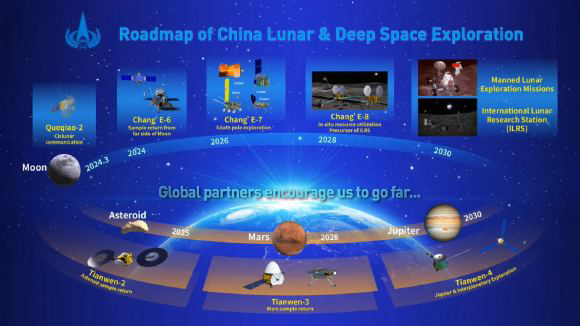
With missions planned to Mars, Jupiter, and near-Earth asteroids, China is positioning itself as a global leader in space exploration. The country’s ambitious plans include both robotic and human missions, with the goal of establishing a permanent presence on Mars by the 2040s.
China’s commitment to international cooperation and data sharing sets it apart from earlier spacefaring nations, which often pursued space exploration independently. By fostering collaboration with other countries, CNSA is ensuring that the scientific benefits of its missions are shared globally.
Sources:
- http://8.140.25.243/ForumIntroduction
- https://news.cgtn.com/news/2024-09-05/Official-China-plans-to-launch-Tianwen-3-mission-around-2028-1wEhndW4kAo/p.html
- https://www.universetoday.com/156680/chinas-tianwen-1-has-imaged-the-entire-surface-of-mars-completing-its-primary-mission/
- https://www.universetoday.com/164526/a-tiny-quadcopter-could-gather-rocks-for-chinas-sample-return-mission/
- https://www.universetoday.com/167521/chinas-change-6-probe-sample-moon-far-side/
- https://www.cnbc.com/2021/06/24/china-plans-to-send-its-first-crewed-mission-to-mars-in-2033.html
- https://news.cgtn.com/news/2024-09-05/Official-China-plans-to-launch-Tianwen-3-mission-around-2028-1wEhndW4kAo/p.html






